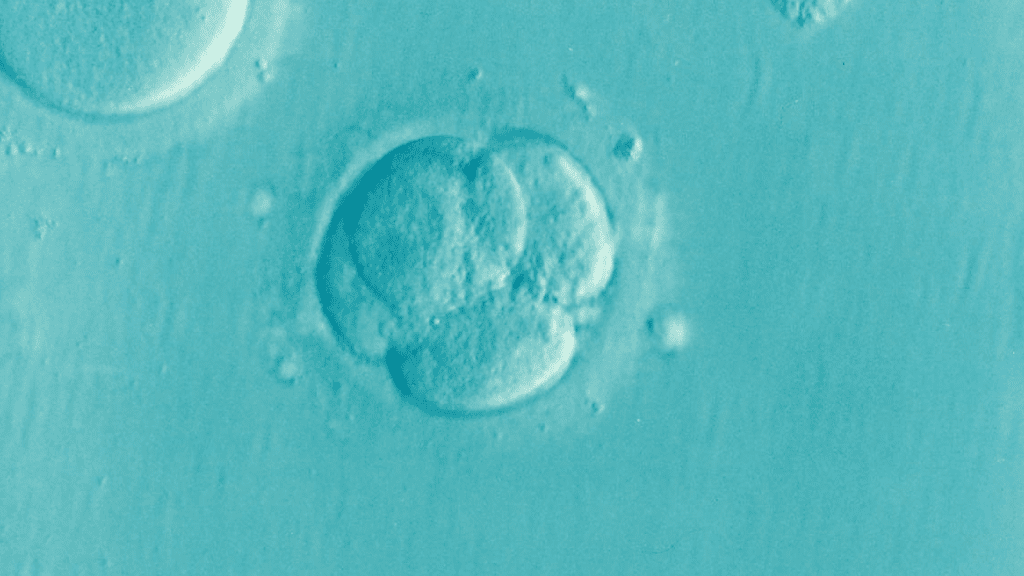If you are concerned about infertility or perhaps have been recently diagnosed with infertility (or maybe secondary infertility), you may be searching for information about the treatment options to help you to have a baby. Many people have heard of in vitro fertilization or IVF, but there are many more infertility treatments available, some less invasive and less expensive. Oftentimes, a fertility doctor will recommend trying less invasive treatments first before moving to more complex treatments like IVF, although this will depend on factors such as the cause of infertility and age of the woman. Below are the types of fertility treatment options available.

Medication
A fertility doctor may prescribe certain medications to help you get pregnant. Most fertility medications work by stimulating ovulation. For women who don’t ovulate normally, for example, due to Polycystic Ovary Syndrome (PCOS), this may work by causing them to ovulate. For women who do ovulate normally, these medications can increase the number of mature eggs released in a single ovulation cycle so as to increase the chances of one being fertilized. Some of these medications are taken by mouth and others via injection. Note that medications may be used alone or in combination with other fertility treatments like Intrauterine Insemination (IUI) or Assisted Reproductive Technology (ART). You can read more about the various medications used as fertility treatments here.
- Pros: Non-invasive or less invasive than other fertility treatment options; Less expensive than more complex fertility treatments; Often painless (medication injections may be mildly painful for some)
- Cons: Increased chances for pregnancies with twins, triplets or other multiples (which has risks for the mother and babies); Medication side effects
Surgery
Surgery can help treat underlying causes for infertility in both women and men.
-
- Laparoscopic or hysteroscopic surgeries aim to correct or remove certain abnormalities of the uterus. Examples include the removal of polyps, fibroids, or adhesions.
- Tubal surgeries can correct abnormalities of the fallopian tubes, such as hydrosalpinx.
Male Surgeries:
-
- A varicocelectomy is a surgical procedure that can repair dilated scrotal veins (varicoceles) in order to improve sperm-related factors (like count and movement).
- Microsurgical reconstruction surgeries can treat male infertility caused by obstructions.
- Pros: May effectively reverse structural causes of infertility
- Cons: More invasive than other fertility treatment options; May be more expensive in comparison to less invasive fertility treatments; Recovery may be painful (although pain is certainly manageable with the doctor’s help)
Intrauterine Insemination (IUI)
With intrauterine insemination (IUI), sperm (either the woman’s partner’s or a donor’s sperm) is inserted directly into a woman’s uterus. Under normal circumstances, the sperm must travel through the cervix, through the uterus, and into the fallopian tube where it can meet the recently released egg for fertilization to occur. The cervix limits the number of sperm that reach the uterus, so IUI bypasses that step and increases the chances for fertilization to occur. It is often used in combination with fertility medications. A fertility doctor will recommend IUI in certain circumstances, such as in women with structural issues of the cervix (for example, scarring or defects), or in men with low sperm counts or low sperm motility. You can read more about IUI here.
- Pros: Minimally invasive (no surgery); Often painless (medication injections and the IUI procedure may be mildly painful or uncomfortable for some); Less expensive than Assisted Reproductive Technology (ART); The success rate may be as high as 20% per cycle in optimal circumstances
- Cons: Not effective for certain infertility scenarios, such as when the fallopian tubes are blocked; When used in combination with fertility medications, there are increased chances for pregnancies with twins, triplets or other multiples (which has risks for the mother and babies); Medication side effects
Assisted Reproductive Technology (ART)
Assisted Reproductive Technology or ART involves 3 steps:
- Surgical removal of eggs from the ovaries
- Combining eggs and sperm in a laboratory to allow fertilization to occur. After fertilization, the embryos (fertilized eggs) are allowed to mature for 1-5 days.
- Returning the embryo (or embryos) to the woman’s body (or another woman’s body in some cases)
Oftentimes, ART yields more than one viable embryo. Your doctor will likely transfer only one or two per cycle. The remaining embryos will be frozen until you’re ready to try again.
In Vitro Fertilization (IVF) is the most widely known and commonly used method of ART but there are additional methods, including gamete intrafallopian tube transfer (GIFT) and intracytoplasmic sperm injection (ICSI).
- Pros: Less risk for multiple births (you can control how many embryos are transferred vs IUI where you don’t know how many eggs are released and fertilized); The success rates are often higher than IUI and/or medication. It’s important to note that the success rate depends on various factors like age and the reason for infertility. You can get an estimate of your chances of pregnancy success with IVF here.
- Cons: More expensive and invasive than less invasive techniques like medication and/or IUI; There may be some pain while recovering from egg retrieval (although it is certainly manageable with the doctor’s help)
Hopefully, this overview helps give you an idea of what fertility treatment options are available to you. Your fertility doctor will talk you through which method is best for your specific situation based on chances for success and cost-effectiveness.
Dealing with infertility can be an emotional time, so stay strong, reach out to your support system, and consider joining an infertility support system near you. Good luck!
















